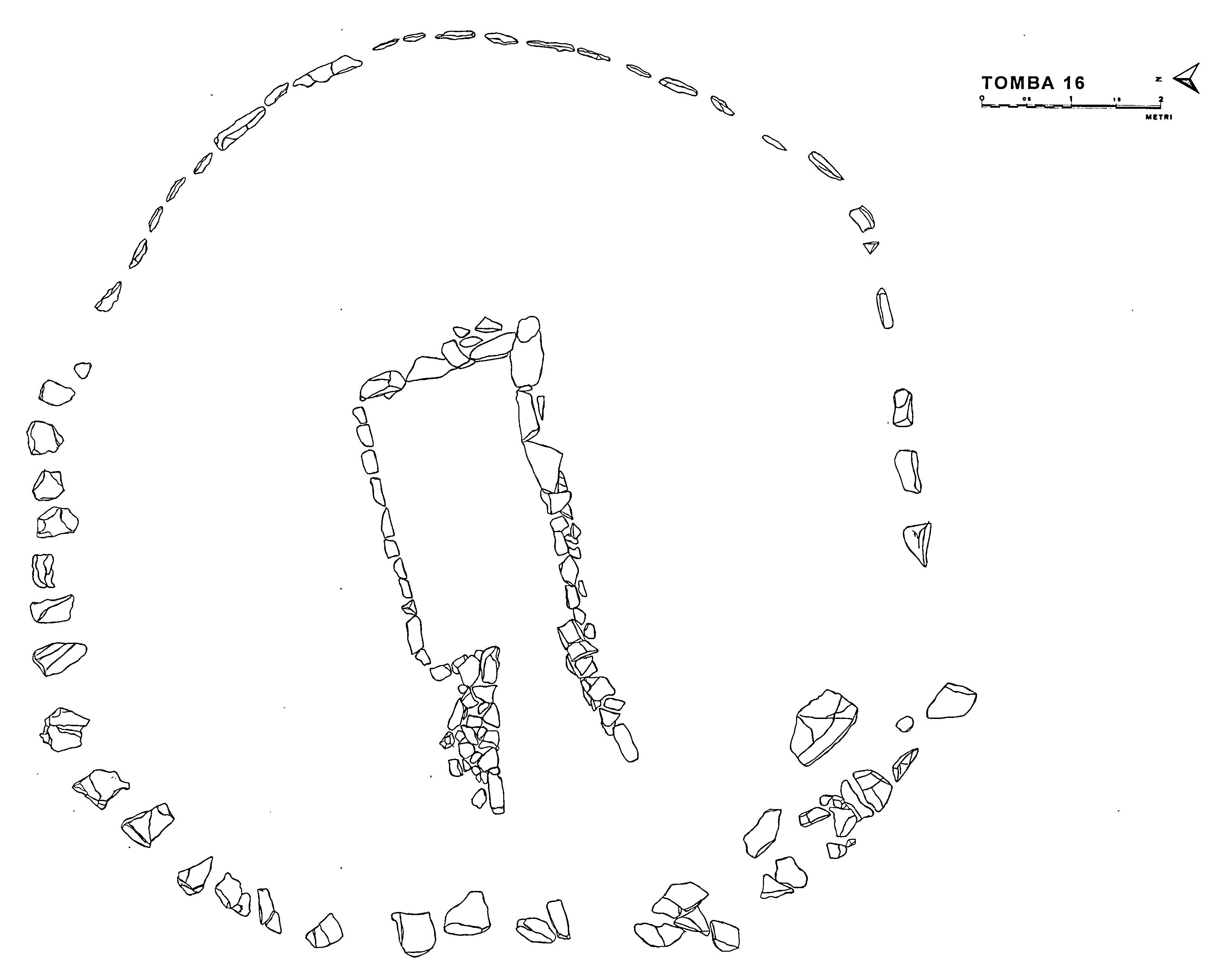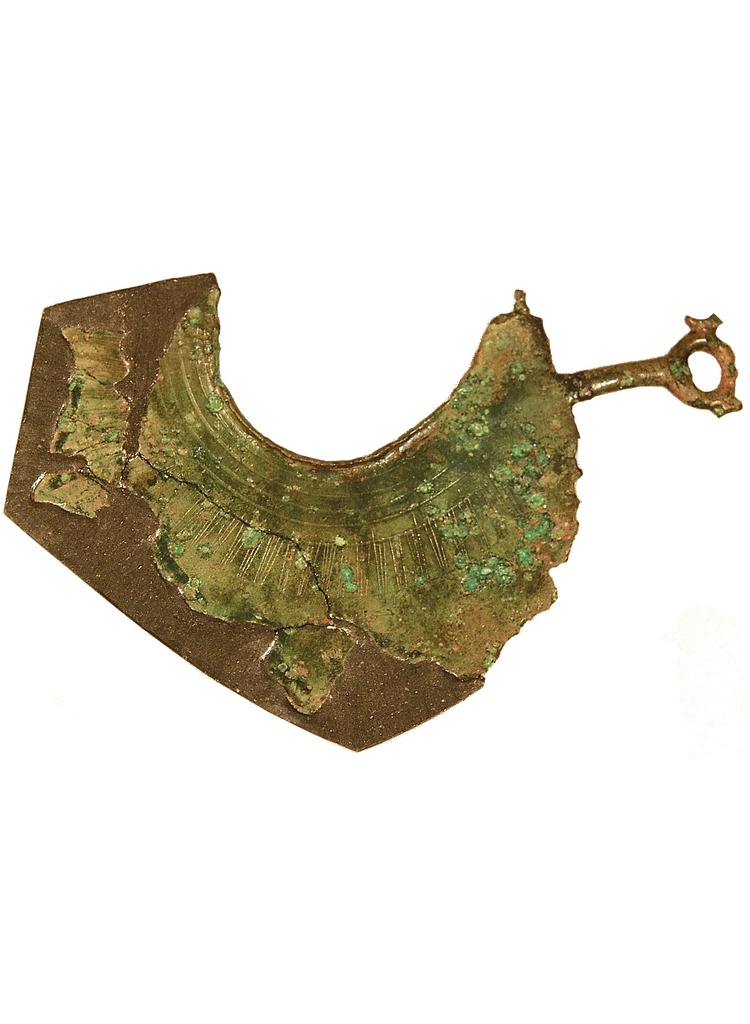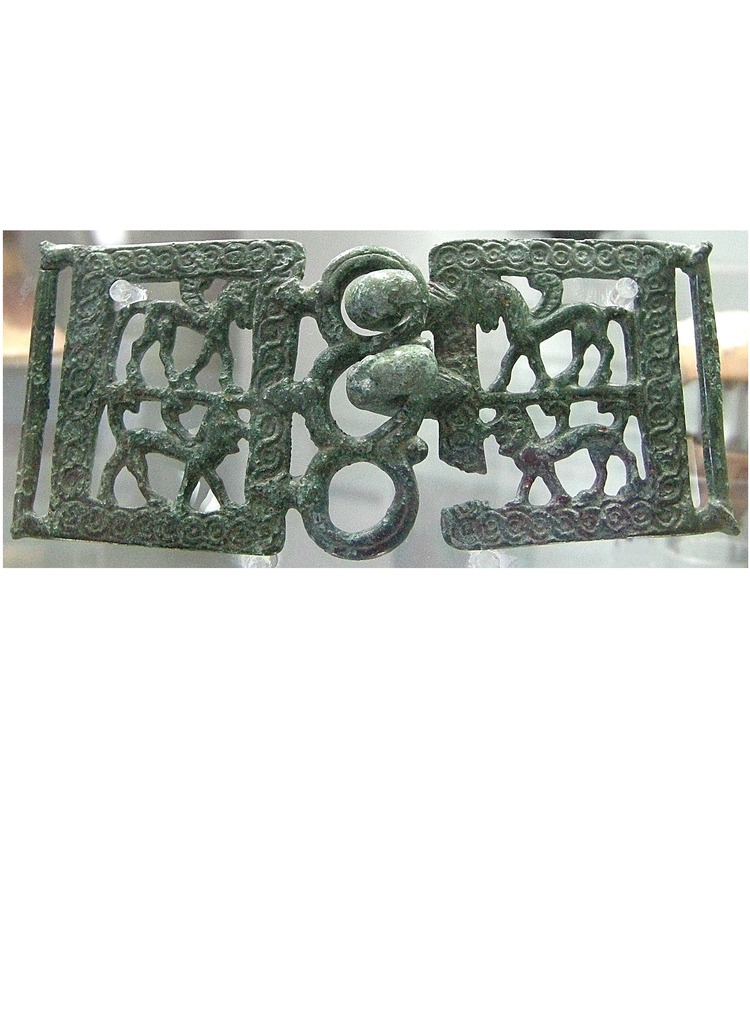The Excavations
The archaeological site of Accesa enters the interest of archaeologists during the 20's of the last century. In 1926, at the First National Etruscan Conference, was organized an excursion at the site. The visitors were able to notice a large amount of slag of the ancient processing of smelting and iron ore, which was mined in the nearby mines of Serrabottini and Fenice Capanne. From 1928 to 1930 were carried out archaeological excavations under the direction of Doro Levi in collaboration with Gaetano Badii, published in the Ancient Monuments of the Lincei XXXV, 1933. The attention was focused on the graves, a typical approach of tha time. The few remains of buildings that were found were not discussed in depth nor on the ground or neither in literature. The tombs, of various types, almost all violated, often had been disrupted in their structure by the actions of violators. The findings, though poor and deteriorated, have allowed us to outline a profile of the local culture between the ninth and sixth centuries BC. The inhabitants had to be engaged in the mining, metallurgical and smelting activities. The settlement depended on the large center of Vetulonia, to which it was linked by the natural route marked by the river Bruna, which is an emissary of the lake and that flows towards Vetulonia.
The excavations were resumed in 1980, with regular annual campaigns conducted by the Department of Classics "G. Pasquali" of the University of Florence until 2010. The main interest was steered towards the settlement, in which were brought to light several Districts. The tombs were not neglected (those explored are over forty), which have expanded and pointed out funerary ideology issues, which had emerged already during the 20's of the last century. Since 2011, the excavation permit of the Ministery of Antiquities and the study of the collected data has passed to the Lorenzo de 'Medici Institute and the following year to CAMNES. Excavations are currently paused.
A fianco, Tomba 3 - Necropoli di Macchia del Monte, Accesa (GR).







